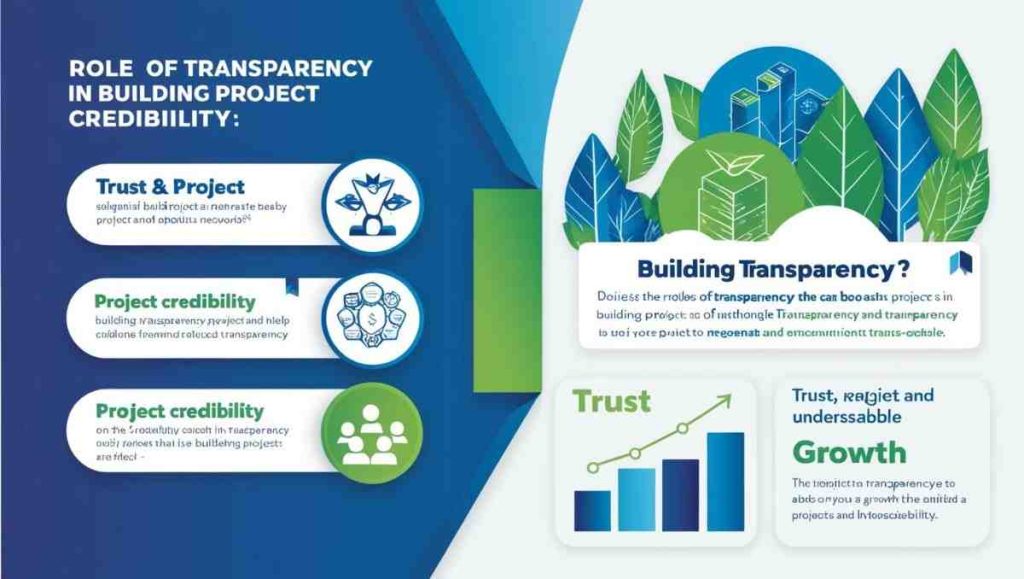
The Role of Transparency in Building Project Credibility
Introduction
Credibility is one of the most valuable assets in project management. Whether managing clients, stakeholders, or cross-functional teams, the ability to establish trust and confidence can define the success or failure of a project. One of the key pillars of credibility is transparency. Transparency not only builds trust but also enhances accountability, fosters collaboration, and mitigates risks. In today’s dynamic project environments, transparency must be intentionally embedded in both planning and execution stages.
What Does Transparency Mean in a Project Context?
Transparency in project management refers to the open sharing of information—including progress updates, risks, changes, decisions, and challenges—with all stakeholders involved. It means nothing is hidden, and communication flows freely, ensuring that everyone is aligned, informed, and empowered.
Why Transparency Builds Credibility
- Establishes Trust Early
When teams and stakeholders have full visibility into goals, timelines, and processes, they’re more likely to believe in the integrity of the project and those managing it.
- Reduces Surprises and Misunderstandings
Lack of transparency often leads to miscommunication, delays, or unexpected issues that erode trust. Transparent reporting helps keep expectations realistic and reduces shock when changes occur.
- Encourages Accountability
When decisions, timelines, and responsibilities are made visible, everyone on the project team is more likely to stay accountable to their tasks. It promotes a culture where commitments are honored.
- Facilitates Better Decision-Making
Transparency empowers decision-makers with the accurate, up-to-date information they need to take timely action. It minimizes guesswork and improves agility.
- Supports Stakeholder Engagement
Stakeholders want to be heard and informed. When you involve them through transparent communication, they feel respected and are more likely to support the project, even during challenges.
- Reduces Surprises and Misunderstandings
Lack of transparency often leads to miscommunication, delays, or unexpected issues that erode trust. Transparent reporting helps keep expectations realistic and reduces shock when changes occur.
Practical Ways to Foster Transparency
- Use Visual Dashboards:Tools like Trello, Jira, or Power BI help communicate status updates in real-time.
- Hold Regular Stand-Ups or Briefings:Daily or weekly meetings keep everyone informed and allow open dialogue.
- Document Everything:Decisions, scope changes, and risk assessments should be clearly documented and accessible.
- Acknowledge Mistakes:Being honest about what went wrong builds more trust than trying to cover it up.
- Encourage Feedback Loops:Invite feedback from team members and stakeholders regularly to keep communication two-way.
Conclusion
Transparency is not a luxury—it is a necessity in building project credibility. It leads to stronger relationships, better outcomes, and a culture of trust and excellence. By prioritizing openness, project leaders can ensure that every stakeholder feels confident, involved, and aligned with the project vision. Transparency, when practiced consistently, becomes the foundation of sustainable success in any project-driven organization.
References
- Project Management Institute (PMI). (2021). A Guide to the Project Management Body of Knowledge (PMBOK® Guide)– Seventh Edition.
- Covey, S. M. R. (2006). The Speed of Trust: The One Thing That Changes Everything. Free Press.
- Kerzner, H. (2017). Project Management: A Systems Approach to Planning, Scheduling, and Controlling. Wiley.
- Goleman, D. (1998). Working with Emotional Intelligence. Bantam Books.



